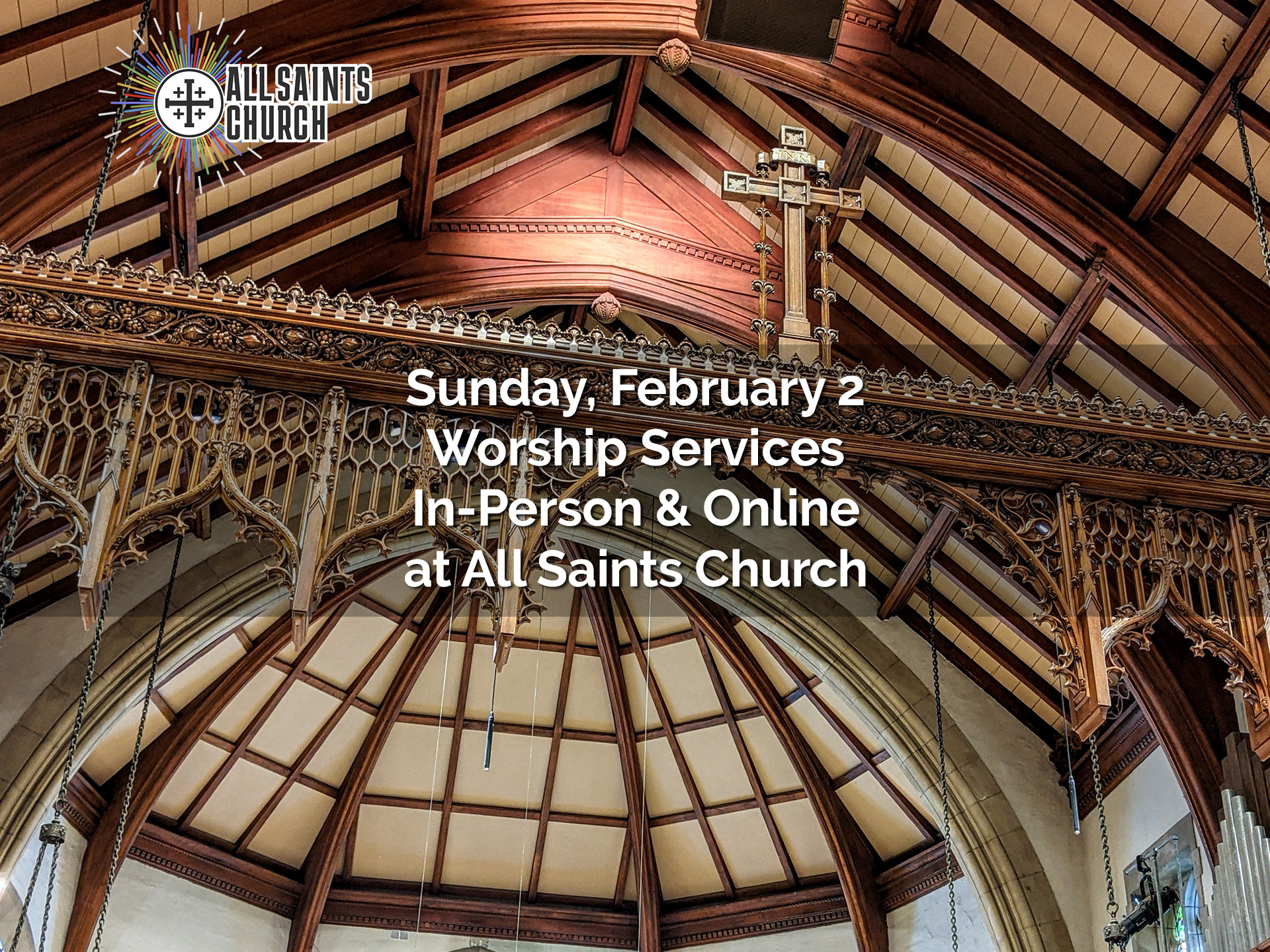The Gospel isn’t meant to be gulped down on Sunday morning, but gnawed on through the week so it really becomes a part of us. You’ve got to work at it, like a dog with a good bone! Here’s the Gospel for this coming Sunday — Fifth Sunday After the Epiphany — with food for thought about the big dreams God might be waiting to unleash through you. Gnaw away!
Luke 5:1-11
One day, Jesus was standing by Lake Gennesaret, and the crowd pressed in on him to hear the word of God. He saw two boats moored by the side of the lake; the fishers had disembarked and were washing their nets. Jesus stepped into one of the boats, the one belonging to Simon, and asked him to pull out a short distance from the shore; then, remaining seated, he continued to teach the crowds from the boat.
When he had finished speaking, he said to Simon, “Pull out into deep water and lower your nets for a catch.”
Simon answered, “Rabbi, we’ve been working hard all night long and have caught nothing; but it you say so, I’ll lower the nets.”
Upon doing so, they caught such a great number of fish that their nets were at the breaking point. They signaled to their mates in the other boat to come and help them, and together they filled the two boats until they both nearly sank.
After Simon saw what happened, he was filled with awe and fell down before Jesus, saying, Leave me, Rabbi, for I’m a sinner. For Simon and his shipmates were astonished at the size of the catch they had made, as were James and John, Zebedee’s sons, who were Simon’s partners.
Jesus said to Simon, “Don’t be afraid; from now on you’ll fish among humankind.” And when they brought their boats to shore, they left everything and followed him.
The Backstory — What’s Going on Here?
We skip over a few things between last Sunday’s reading, where the crowd in Nazareth tries to throw Jesus off a cliff, and his appearance at the Lake Gennesaret. He goes to Capernaum and teaches “with authority” at a synagogue on the Sabbath and casts out a demon from a person. He then heals Simon Peter’s mother in law and casts out some more demons. It’s important to note that the demons are the ones who consistently identify Jesus correctly as “the holy one of God.” Also, unlike in Nazareth, the people of Capernaum try to keep Jesus from leaving, but he says, “I must proclaim the good news of the kindom of God to the other cities also; for I was sent for this purpose.”
Both of these things (Jesus’ message that he must go to other cities and the demons identifying him) reinforce Luke’s message that Jesus is not a local/Jewish but a universal figure … and his power is both particular and physical (healing Peter’s mother in law) and cosmic (casting out the very forces of evil).
While the reading in the synagogue in Nazareth was the announcement of the beginning of Jesus’ ministry, this story is of the actual launching of the “Jesus movement” — the first gathering of followers. From the beginning, Luke emphasizes that this will be a movement that reaches out far and gathers in. Following Jesus is not just about healing, it is about evangelism, about building a movement.
A few things to chew on:
*Jesus had just healed Peter’s mother in law, so Peter knew what Jesus could do. But Jesus didn’t teach Peter to do what Jesus could do. He didn’t say, “now you try to heal someone.” He enabled Peter to do what he already did .. only exceptionally well. Sometimes we think a call to ministry involves a huge shift in who we are and what we do … when most often it is about us doing what we are already doing more excellently. What in your life and work can you do more excellently by letting it be an expression of your following Christ?
*Peter’s first reaction to what he could do with Jesus’ help was not triumphalism but feeling unworthy. Great blessing can have that effect on us. It’s also easy for us not to consider ourselves capable of great things — but that denies the power of God to work through us. What “big dreams” might God be waiting to unleash through us as All Saints Church?
Try this…
Peter was a fisher, and Jesus showed him how he could use what he did normally to do something extraordinary that would touch many, many people. This week, try to do one thing that’s not new and different … but something you do ordinarily, only try to do it in a way that will show God’s love to someone else.
The Jesus Movement
Luke makes it clear that Jesus came to found a movement, not an institution. There are no Gospel passages about committees or budgets or infrastructure of any kind. Jesus is an organizer – he is building a movement around the infinite, inclusive love of God.
That said, movements are not sustainable over the long-term unless certain aspects are institutionalized. The wonderful Franciscan theologian Richard Rohr, among others, have noted that there is an evolution that happens with churches – and really any organization. It goes like this:
Moment – Movement – Machine – Monument – Museum — Mausoleum
We start off with a moment. In our case, God intersecting humanity in the person of Jesus. Love incarnate in a new way. Love that liberates. Jesus is the embodiment of that love. And that moment when Jesus met humanity … that attracted a crowd (we see that in this Gospel). And that crowd becomes the movement.
Movements are dynamic and creative. People flock to them and join them and that’s what happened with Jesus. They are high-energy and almost all of that energy is directed outward. But movements cannot sustain forever. And so, if a movement lasts long enough it needs to structure itself for longer-term survival or it will die out. And that’s where movements inevitably institutionalize and become machine.
And that’s what we did as the church. We organized and structured. We built buildings and hired staffs and we have meetings and budgets and five-year plans. None of these are bad things. In fact, they can be good because they can ensure the living truth that began with the moment of Jesus and spread into the movement continues on and on and on.
But here is where the fall happens. Here is the history we need to know lest we become doomed to repeat it. Human nature is for the machine itself to become the object of attention. To worship the structures and forget the moment, the person, the love behind them.
The temptation is for us to believe that faithfulness is not to follow the Jesus, not to follow the incarnate love of God, but to preserve a monument – the fourth M. To make sure the building and the institutional structures are running and to invest all our energy into that.
That tipping point between machine and monument is the critical moment for us as the church. Because when we tip over from devotion to Jesus and living the love of Christ in the word to devotion to the structures of the church, we move from machine to monument and the next step becomes inevitable … the step to museum. Where the church becomes a fond reminder of what used to be, a place that people remember all their lives but not one where God is continually breaking into the world today. And then it’s just a short step to the final resting place of mausoleum.
As All Saints Church, we struggle mightily with this tension. We have a glorious building that reminds us of a glorious history — all the trappings of monument. Which makes it even more crucial for us to remember that it is not the building or the institutional structures that matter but the one around whom we gather, the living presence of God in Christ, love lived out loud..
This is not unique to All Saints. All churches – particularly these days mainline denominational churches – are struggling with this. Are we going to care about what an evangelical pastor friend calls “the ABC’s of Empire – Attendance, Buildings, Cash?” Or will recapture the energy and mission of a movement.
It is literally a choice about the future of the church. Do we chart our course back to movement or ahead to mausoleum? It’s why our Presiding Bishop is so rightly using movement language to describe what the church can become. It’s why some of the most profound expressions of faith are not happening within church walls but in movements for justice in the streets.
What would it be like to stop thinking about All Saints as a CHURCH and started thinking of All Saints as a MOVEMENT? What would that change? How would that change how you saw your role in this community?



